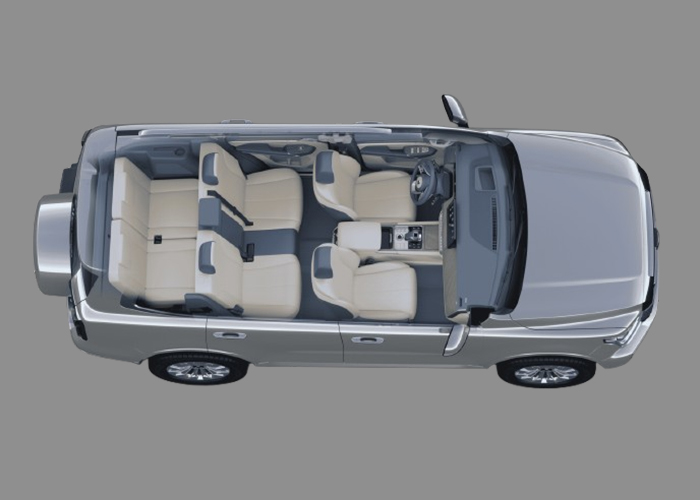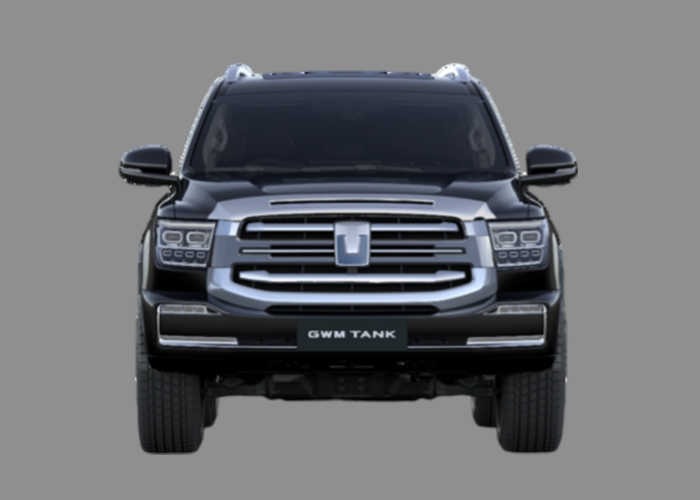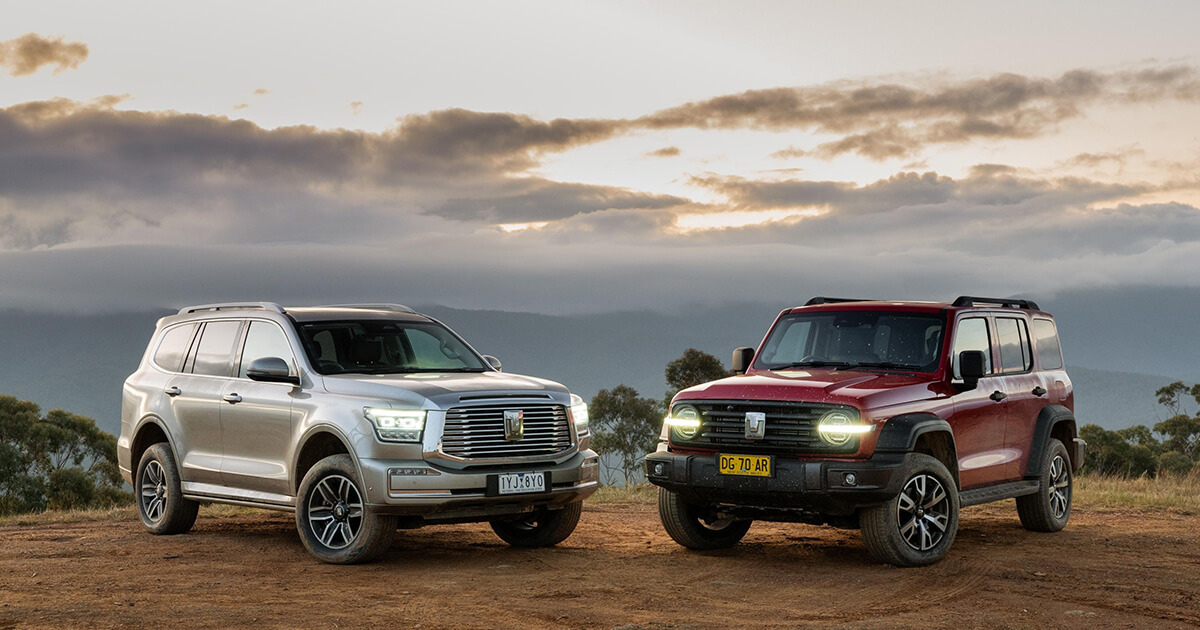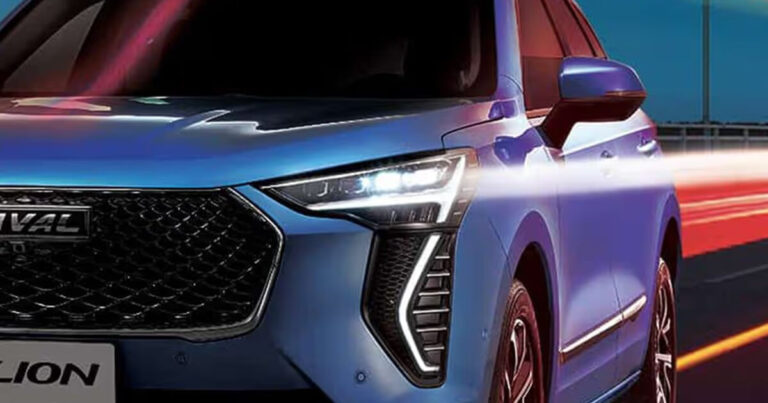Great Wall Motors (GWM) has built a strong name in the SUV world with two powerful models: the GWM Tank 500 vs Tank 300. Both offer great performance, stylish looks, and modern safety features. This guide will compare their engine capacity, design, and fuel average to help you choose the right one.
Engine Capacity and Performance
The GWM Tank 500 vs Tank 300 are made for tough roads. The GWM Tank 500 specifications include a 2.0T turbocharged four-cylinder petrol hybrid system, giving 346hp and 658Nm of torque. It comes with a 9-speed automatic transmission and 4WD, making it great for off-road trips.
The Tank 300 specs include a 2.0T turbocharged four-cylinder petrol engine, usually paired with an 8-speed automatic transmission. Like Tank 500, it has 4WD, making it a strong off-road option. While both have good engine capacity, Tank 500 has more power and torque due to additional battery support, making it better for rough adventures.
GWM Tank 500 Interior vs GWM Tank 300 Interior

The interior in Tank 500 is luxurious, with Nappa leather seats, a power-adjustable driver and passenger seat, and a 12.3-inch digital display. It also has a 14.6-inch touchscreen infotainment system with wireless Apple CarPlay and Android Auto, wireless charging, and a leather steering wheel, memory seats with ventilation and messaging option, and ambient atmospheric lights.
The interior in Tank 300 changes based on trim and market. It includes leather or microfiber seats, a digital instrument panel, and a touchscreen infotainment system with Apple CarPlay and Android Auto. While comfortable, it does not match the premium feel of the Tank 500 interior. If you want a high-end cabin, Tank 500 is the better pick.
Exterior Features and Design

Both SUVs have strong, stylish designs. The Tank 500’s specs include LED headlights, fog lamps, roof rails, and a panoramic sunroofand a spare wheels full size on back. It also has Partial chrome door handles, an electric retractable side step board, and a chassis guard for off-road protection. The 265/60 R20 Alloy wheels provide stability on rough roads.
The 300’s specs include LED lights, fog lamps, a sunroof, and a shark fin antenna. It also has a chassis guard and a spare tire on the back. Both SUVs have a solid design, but the 500 has more premium features.
Safety and Technology
Safety is important in both models. The 500 has 360-degree cameras, multiple airbags, rear collision warning, and low-speed emergency braking. It also includes adaptive cruise control, lane departure warning, and front collision warning. Other safety features are hill start assist, downhill assist, and automatic vehicle hold (AVH).
The 300 has similar safety features like airbags, rear collision warning, and adaptive cruise control. However, it may not have all the high-tech safety features of the Tank 500. If safety is a top priority, 500 is a better choice.
Fuel Average and Efficiency
The fuel average of an SUV is important. The GWM 500 specifications include a hybrid power system, which improves fuel efficiency while keeping strong performance. Hybrid engines usually give better mileage than regular petrol engines.
The GWM 300 runs on a petrol engine, so its fuel average depends on road conditions. While it is fuel-efficient, the Tank 500’s hybrid system is a better choice for those who want to save fuel.
Off-Road Capability

Both SUVs are built for off-road driving. Tank 500 has 4WD, off-road cruise control, and a chassis guard for protection. It also has intelligent cornering assist, which helps with turns on rough paths.
The 300 features include 4WD and off-road cruise control too. But it may not have all the advanced off-road features of 500. If you want the best off-road experience, the Tank 500 is the way to go.
Conclusion
The GWM Tank 500 vs Tank 300 comparison shows key differences between these two SUVs. If you want luxury, a hybrid engine, and advanced safety, 500 is the best pick. But if you need a more budget-friendly off-road SUV with solid performance, the 300 is a great choice. Your decision depends on your budget, needs, and driving style.




